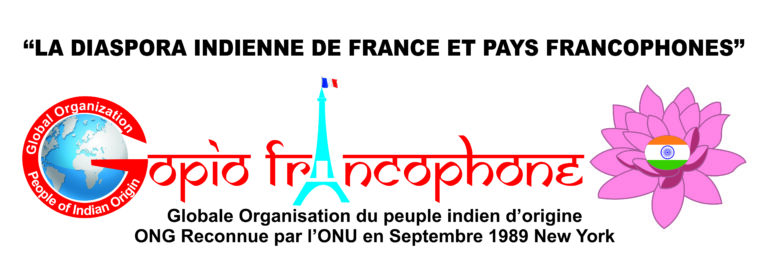
Chagossians are fighting to find a way home to their native islands, but are divided over how to go about it
It was the dead of night when the Atlas Air flight carrying Jean-Francois Nellan and his U.S. military chaperones finally touched down in his ancestral homeland. He had heard so much from his grandparents about the Chagos archipelago — the chain of tropical atolls they and their families had called home for generations — that his long-awaited first glimpse was a bit of an anticlimax.
The next morning, he woke to a bright, sunny day on Diego Garcia, the largest island in Chagos, and home to a U.S. naval base nicknamed the “Footprint of Freedom,” both for the atoll’s shape — like a foot in profile — and its strategic location in the Indian Ocean, about 1,000 miles south of the Indian subcontinent, within striking distance of Africa, the Middle East and Southeast Asia. Nellan was given a tour of the uninhabited parts of the island and at last saw his grandparents’ old house, nestled among coconut plantations grown wild in the five decades since those who tended them were expelled to make way for the base.
It came as a punch to the gut.
